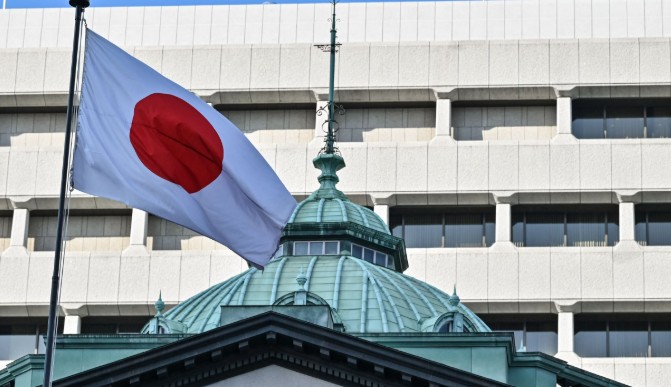Kazuo Ueda Warns U.S. Tariffs Could Impact Bank of Japan’s Rate Hike Plans

Bank of Japan (BOJ) Governor Kazuo Ueda has issued a cautionary note regarding the potential impact of U.S. tariffs on Japan’s economic outlook and the BOJ’s plans to raise interest rates. The central bank’s recent decision to keep rates steady, made last week, reflected concerns over rising food-driven inflation, a key issue that may influence future policy moves.
During a press briefing, Ueda highlighted that while Japan’s economy is showing signs of resilience, the introduction of new U.S. tariffs could add uncertainty to the outlook. He emphasized that these tariffs may negatively impact Japan’s trade balance and inflation dynamics, which in turn could affect the BOJ’s strategy on interest rates.
Despite this uncertainty, the market widely expects the BOJ to raise its key interest rate in July. However, there is growing speculation that the BOJ could act sooner, with some analysts predicting an interest rate hike as early as May 1st, during the central bank’s next policy meeting. The rate hike would likely follow the current 0.5% benchmark rate.
One of the primary factors influencing the BOJ’s decision to consider further rate hikes is persistent food-driven inflation. Ueda explained that high food prices are leading to sustained wage growth, which in turn strengthens the case for tightening monetary policy to curb inflationary pressures. As wages increase, the BOJ faces mounting pressure to manage price stability without stifling economic recovery.
“We are closely monitoring the impact of food inflation, as it plays a critical role in shaping wage dynamics,” Ueda said. “If inflationary pressures remain sticky, this could lead to more pronounced and sustained wage growth, which we will factor into our policy decisions.”
Despite global risks including the uncertainty caused by U.S. trade policy and other geopolitical concerns the BOJ remains committed to a gradual tightening of monetary policy. The central bank has emphasized that it will proceed cautiously to ensure that the economy can absorb higher rates without triggering a sharp slowdown.
The BOJ’s next key decision will come during its April 30 to May 1 meeting, where the central bank will assess inflation trends and global economic conditions. Analysts and investors alike will be watching closely to see if the BOJ decides to act sooner than anticipated or sticks to its July timeline.
As Japan navigates these complex economic conditions, the path forward remains fraught with challenges, particularly as global economic factors continue to evolve.
Stay tuned for more updates on this developing story and what it means for the future of Japan’s monetary policy.
